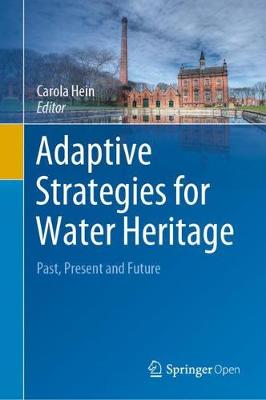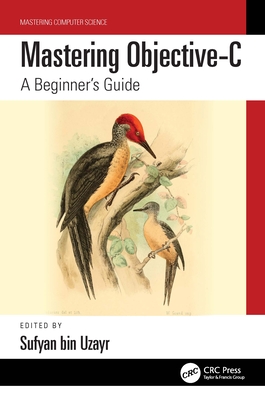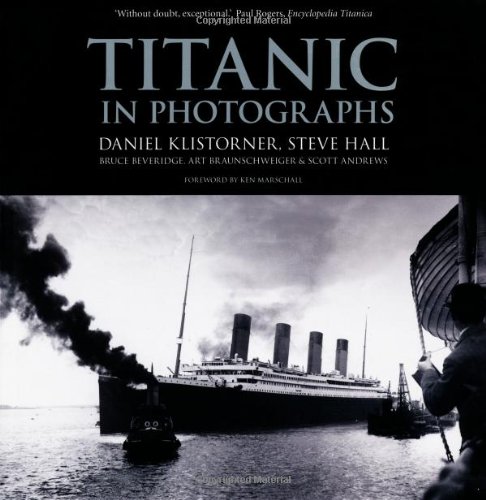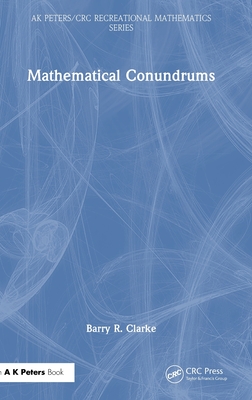
Adaptive Strategies for Water Heritage:Past, Present and Future
水资源遗产适应性战略:过去、现在与未来
市政工程
¥
812.5
售 价:
¥
650.00
优惠
平台大促 低至8折优惠
发货周期:外国库房发货,通常付款后3-5周到货
作 者
出版时间
2019年06月28日
装 帧
精装
页 码
459
语 种
英文
综合评分
暂无评分
- 图书详情
- 目次
- 买家须知
- 书评(0)
- 权威书评(0)
图书简介
This Open Access book, building on research initiated by scholars from the Leiden-Delft-Erasmus Centre for Global Heritage and Development (CHGD) and ICOMOS Netherlands, presents multidisciplinary research that connects water to heritage. Through twenty-one chapters it explores landscapes, cities, engineering structures and buildings from around the world. It describes how people have actively shaped the course, form and function of water for human settlement and the development of civilizations, establishing socio-economic structures, policies and cultures; a rich world of narratives, laws and practices; and an extensive network of infrastructure, buildings and urban form. The book is organized in five thematic sections that link practices of the past to the design of the present and visions of the future: part I discusses drinking water management; part II addresses water use in agriculture; part III explores water management for land reclamation and defense; part IV examines river and coastal planning; and part V focuses on port cities and waterfront regeneration.Today, the many complex systems of the past are necessarily the basis for new systems that both preserve the past and manage water today: policy makers and designers can work together to recognize and build on the traditional knowledge and skills that old structure embody. This book argues that there is a need for a common agenda and an integrated policy that addresses the preservation, transformation and adaptive reuse of historic water-related structures. Throughout, it imagines how such efforts will help us develop sustainable futures for cities, landscapes and bodies of water.
本书暂无推荐
本书暂无推荐












